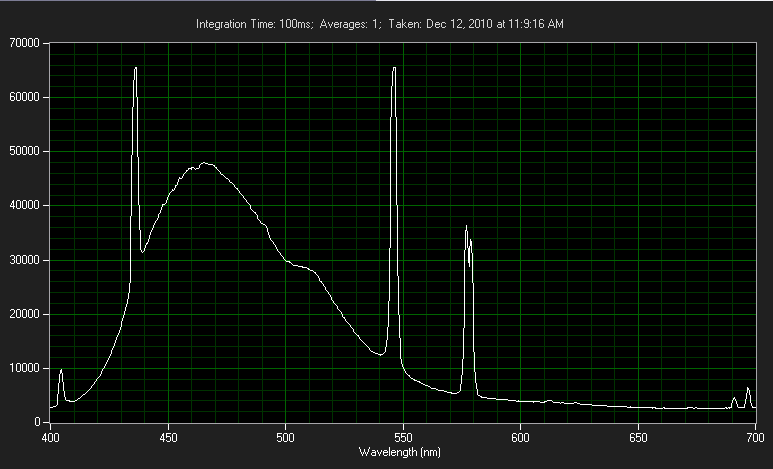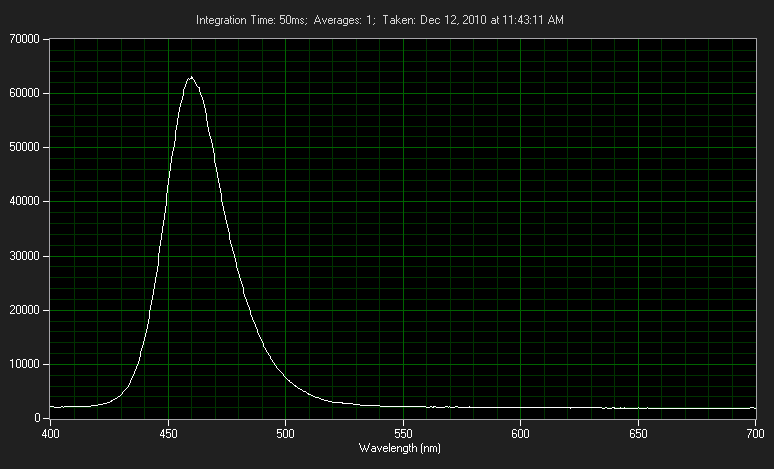- Joined
- Jul 4, 2008
- Messages
- 2,499
- Points
- 113
Here is what happens:
Its the same reason why the sky is blue. Short wavelengths of visible light are 10 times more likely to be "scattered" in air than long red wavelengths. So naturally, the coolers your color temperature is, the more useless your lights are in the fog, and heavy rain and snow. If you have dedicated fog lamps on your car, keep them as yellow as possible as such light can better penetrate the fog, keeping you a safer driver.
"Cooler" color temperatures suck for other drivers on the road though, high beams and low beams- even with a projector housing. These shorter wavelengths, the blue and violet hues absolutely Destroy a person's night vision. While such a light is within their viewing range at all, they can lose as much as 95% of the image around that point source of light- ie other cars, pedestrians, and road signs. The eye has to make a sudden "adjustment" of the iris to block all of the bright blue, leaving the driver without comfort. Its not painful, but very surprising to feel your own iris having to adjust so quickly.
What's worse, is that while human vision peaks in the green during the day, it is more of a blue peak at night. So people definitely see blue as the brightest color at night. You might say that "Hey Meatball! You meat head! People only see in black and white in the dark!"
I tell you, you are correct. However, if one of your only available sources of light happens to be blue, you will see it with lots of intensity. Of all of our rods and cones within our eyes, we actually have sensors that are dedicated to the color blue. And for some reason at night, our blue receptors do an excellent job at... receiving.
So Razko, while it is neat to have so much visibility at night, just make sure to have your headlights properly aimed by a technician, and just remember to double check your brights before heading out on the road. Otherwise, enjoy the view!
Exactly, however blue is MUCH less visible to us than say green. Our eyes peak at around ~500nm or what is considered to be true green.
Reason a DPSS green (523nm) laser pointer at 200mW vs a 445nm blue diode of the same optical power looks FAR brighter.. Green light is the most visible to the human eye.













